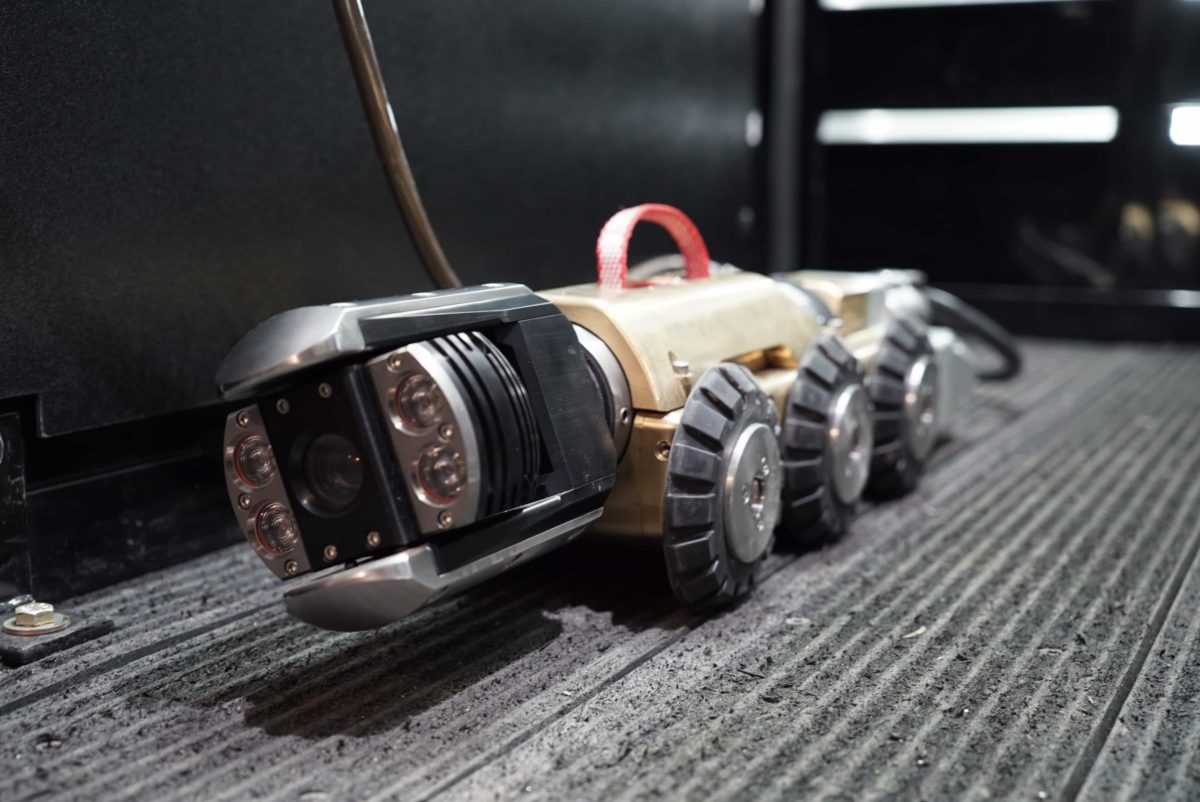In the industrial sector, the inspection of critical equipment plays an important role in any preventive maintenance program. Operational elements such as piping and structural components can be damaged during production or through general wear and tear, making it imperative to identify such issues before the situation escalates further. Unfortunately, although most plant managers understand the importance of maintaining a regular inspection schedule, the process can often be a burden. Small spaces can be difficult or potentially dangerous for workers to reach. Plus, the words “inspection” and “maintenance” tend to be synonymous with shut downs and downtime in the industrial world, which can be extremely detrimental to a plant’s bottom line.
Luckily, advancements in video inspection technology have made the process much simpler to conduct — creating a safer and more efficient operation.
Video inspections at MPW Industrial Services
MPW is NASSCO certified and is fully equipped to conduct nondestructive testing using video and still images. MPW’s automated camera completes inspections on pipes ranging from six to 200 inches in diameter and up to 1,000 feet in length. It’s also outfitted with a mobile command station containing an onboard computer system that records the inspection and produces photos and video of the site location. The inspection camera can be operated in one of three remote-controlled vehicles, including a waterproof active line float, making it ideal to inspect active lines, and locate branch line inlets and outflows. MPW’s automated camera contains both wired and wireless remote control and multiple video monitors to view progress. It can also easily be hooked up to a plant’s electric supply, or operated off its generator in remote areas. The camera is high-resolution, low-light, pan-and-tilt with a 10:1 optical zoom.
Key benefits
- Reduction or risk/damage: Utilizing video inspection equipment eliminates the need for workers to enter potentially dangerous confined spaces. Automated inspection devices also reduce the risk of damaging customer pipelines.
- Improved precision: Video tools also help improve the accuracy of results by pinpointing exact locations of obstructions and defects.
- Increased efficiency: As mentioned previously, utilizing inspection cameras can help decrease plant downtimes by allowing operators to determine the root cause of the issues faster and more efficiently.
- Better assessments: Having access to both before and after imagery assessments during the inspection process is extremely helpful, especially when used to inform decision making on future maintenance spending.
